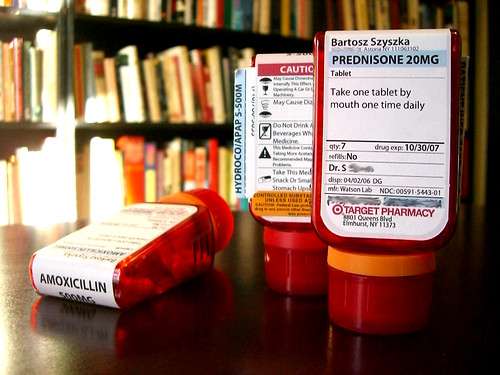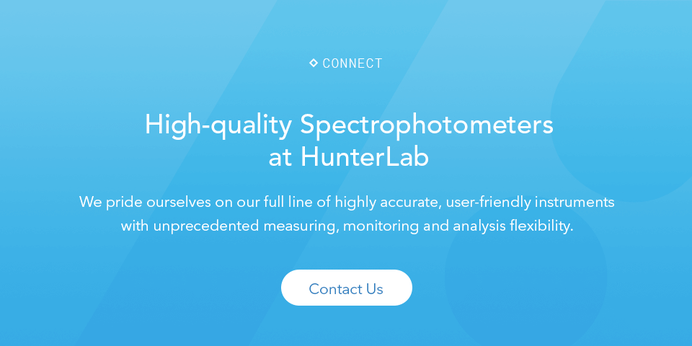
As more and more Americans come to rely on prescription medications, the risk of medication errors increase. Image Source: Pexels user freestocks.org
Because of advances in pharmacology, the medical landscape in the United States has changed.
Illnesses that were once considered terminal are now manageable. Symptoms that once that greatly reduced quality of life can now be kept at bay. And conditions that only years ago were considered shameful have now been largely destigmatized thanks in part to the awareness raised by pharmaceutical companies.
As the number and efficacy of available medications have grown, so too have the number of people who rely on prescription medications in their daily lives. According to the Mayo Clinic, “nearly 70 percent of Americans are on at least one prescription drug, and more than half take two.”1 But while this expansion of therapeutic drug use undoubtedly has meaningful benefits for millions of people across the country, it also raises the risk of medication errors such as accidentally taking the wrong medication, particularly in households where multiple family members use daily medications. In 2012, nearly 300,000 people called Poison Control for assistance following a medication error. While many medication errors are relatively benign, this is not always the case; according to the FDA, “Medication errors cause at least one death every day and injure approximately 1.3 million people annually in the United States.”2
As more medications come to market and the number of users continues to grow, the pharmaceutical industry is turning to innovative solutions to prevent medication error. And, as is so often the case, one of the best solutions is also the most simple: color-coded packaging.

The ClearRx prescription bottles used by Target use an innovative color coding system to help family members identify their medications.
Image Source: Bart



